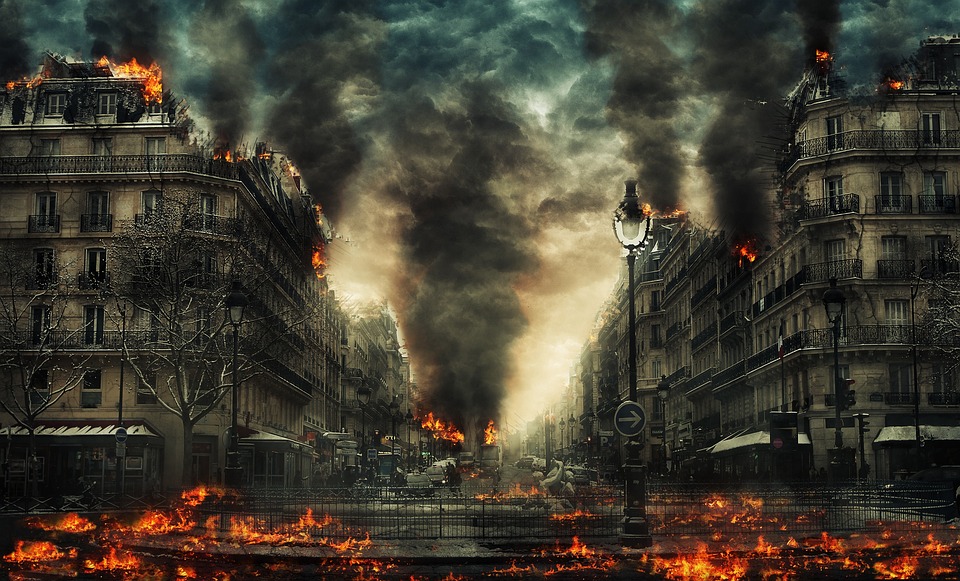California’s Growing Fire Zones: The Devastating Impact
In recent years, California has seen a rapid increase in the number of devastating wildfires that have swept through the state, leaving a trail of destruction in their wake. The state’s fire season, once limited to a few months out of the year, now seems to stretch on indefinitely as a result of a combination of factors including climate change, deforestation, and urban development in fire-prone areas.
According to the California Department of Forestry and Fire Protection (CAL FIRE), the number of acres burned in the state has more than doubled in the past decade, with 2020 being one of the most destructive fire seasons on record. This increase in the frequency and intensity of wildfires has led to a growing number of designated fire zones throughout the state, with some areas experiencing multiple wildfires in a single year.
The impact of these growing fire zones is devastating, not only in terms of the loss of life and property, but also in terms of the long-term environmental consequences. The fires release large amounts of carbon dioxide into the atmosphere, contributing to global warming and exacerbating the effects of climate change. The destruction of forests and other natural habitats also leads to a loss of biodiversity and can have lasting effects on the ecosystem.
One of the most concerning aspects of the growing fire zones in California is the impact they have on communities that are located in high-risk areas. Many residents in these fire-prone areas are at risk of losing their homes and possessions to the flames, and even those who are fortunate enough to escape with their lives often face long-term psychological trauma from the experience. The economic impact of these fires is also significant, with billions of dollars in property damage and firefighting costs incurred each year.
In response to the increasing threat of wildfires, state and local governments in California have implemented a variety of measures aimed at reducing the risk of fires and protecting vulnerable communities. These measures include increased funding for firefighting efforts, stricter building codes and zoning regulations, and public education campaigns aimed at raising awareness about fire safety.
Despite these efforts, the growing fire zones in California continue to pose a serious threat to the state’s residents and natural environment. As the climate continues to warm and dry out, experts predict that the frequency and intensity of wildfires will only increase in the coming years. In order to mitigate the impact of these fires and protect vulnerable communities, it is essential that state and local governments continue to invest in fire prevention and readiness measures.
The devastation wrought by California’s growing fire zones is a stark reminder of the urgent need to address the underlying causes of wildfires and take proactive steps to protect our communities and natural resources. By working together to implement effective fire management strategies and promote sustainable land use practices, we can help reduce the risk of future wildfires and ensure a safer, more resilient future for all Californians.





